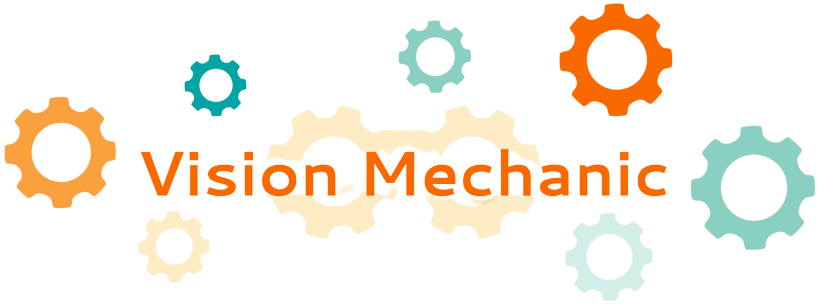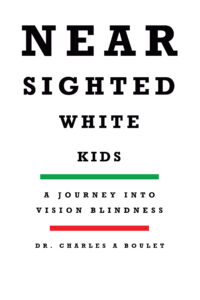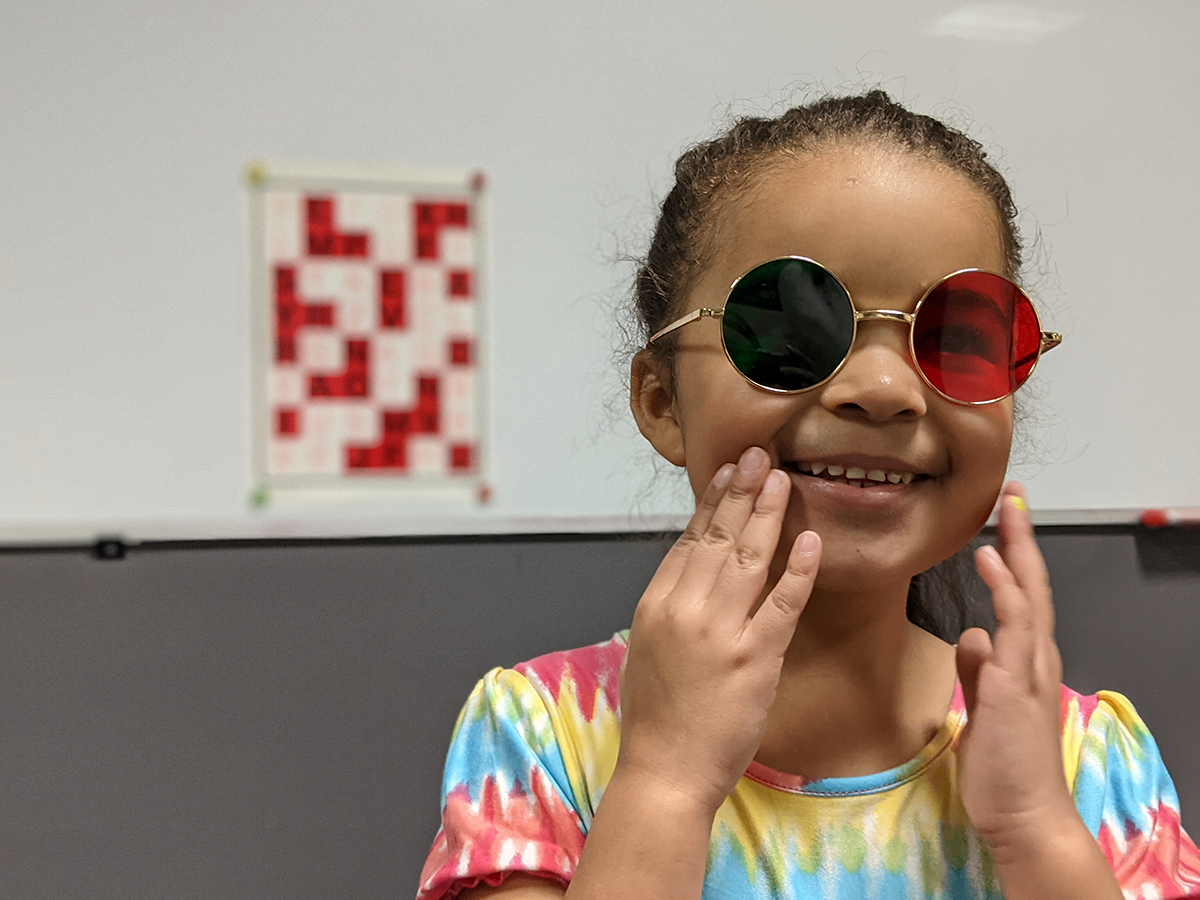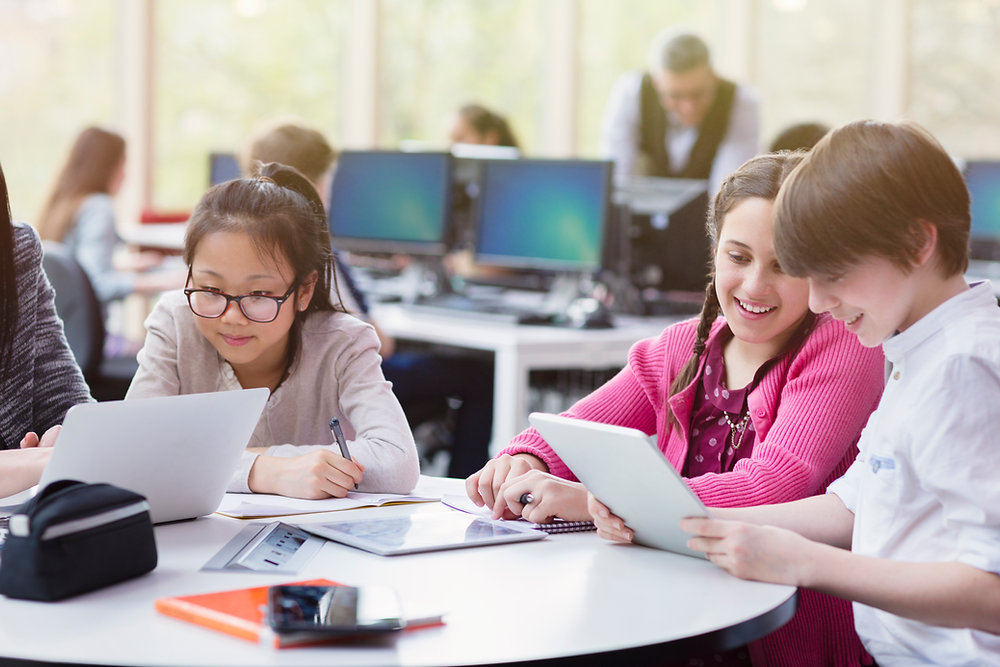VMP (Visual-Motor-Perceptual) Preliminary Instructions
Some activities require the equipment and materials outlined in this document. Review the document for now in preparation. You do not have to follow the instructions in this document if your activities do not require it.
VISUAL-MOTOR-PERCEPTUAL PRELIMINARY INSTRUCTIONS
PURPOSE: The following activities and equipment will be utilized at home, to implement the optometric developmental vision training program that we are preparing for your child. Please do not concern yourself at this time with the function of this material. This aspect will be described at a more appropriate time. Will you see to it that the materials required are available for use prior to your training sessions? Please have your child help as much as possible in the planning and preparing of the material. His participation in this regard is desirable.
APPARATUS:
1. Template Activities: Cut several pieces of corrugated cardboard 15″ long by 10″ wide. Within the upper half of each, cut out a geometric shape about 5″ or 6″ in size.
2. Simple coloring, cutting. If child is left-handed, obtain left-hand scissors.
3. Parquetry Blocks, Peg Board Activities: Sample acoustic ceiling tiles make excellent peg board. Golf tees or appropriate dowling cut into 3″ or 4″ lengths will serve as pegs. Parquetry blocks are made by Playskool, and are usually available at children’s toy stores, or similar departments in the larger department stores.
4. Blocks of all shapes, Tinker Toys.
5. Simple Jig Saw puzzles. The puzzle pieces should be cut along meaningful lines. We will begin with a few pieces and work toward more complicated puzzles.
6. Finger painting. A large pad of newsprint will be useful.
7. Where Is It?, What Is It?, and Line Up Games. Small 2″ to 3″ objects, toys and geometric shapes of wood or cardboard will be needed.
8. Flash Card: Fast exposure of simple patterns, shapes or designs drawn or pasted on 3″ x 5″ index card.
9. Sorting and arranging different sized objects.
10. Clay modeling: We will start with large pieces of clay or playdough.
METHODS: Specific details relative to the use of the above activities will be supplied.
ASPECTS TO BE EMPHASIZED: The activities and equipment listed on this check sheet will be used to place emphasis on the development of visual motor, visual perceptual and eye-hand skills.
MONOCULAR_BINOCULAR_SEPTUM_LENSES_TIME_





